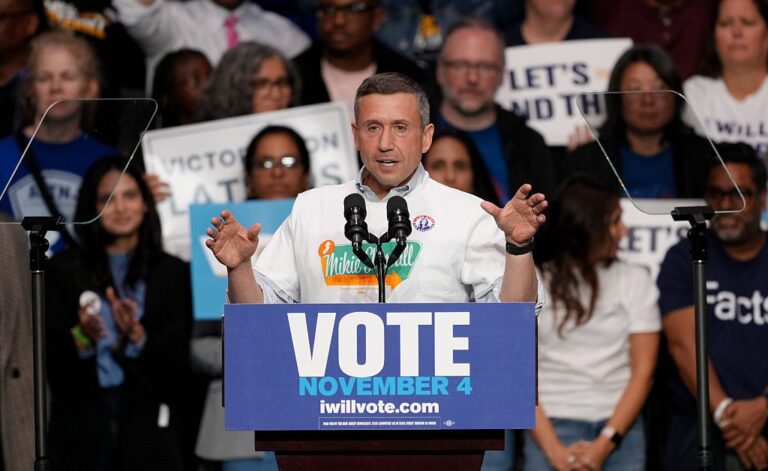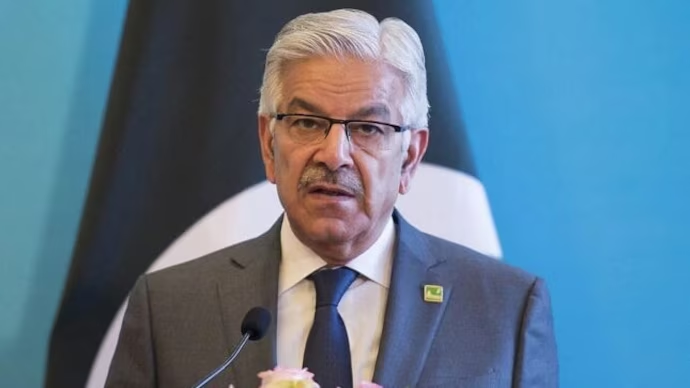
The East Wing of the White House, once the ceremonial heart of first ladies’ offices and public tours, has been reduced to rubble. President Donald Trump authorized the demolition earlier this week to build a new presidential ballroom estimated to cost $300 million.
Satellite images released on Thursday reveal the complete razing of the East Wing — a two-storey structure that for decades served as the formal entryway for guests attending receptions, state dinners, and holiday events. Trump’s plan, announced in July as a $200 million project, has now ballooned to $300 million after design changes.
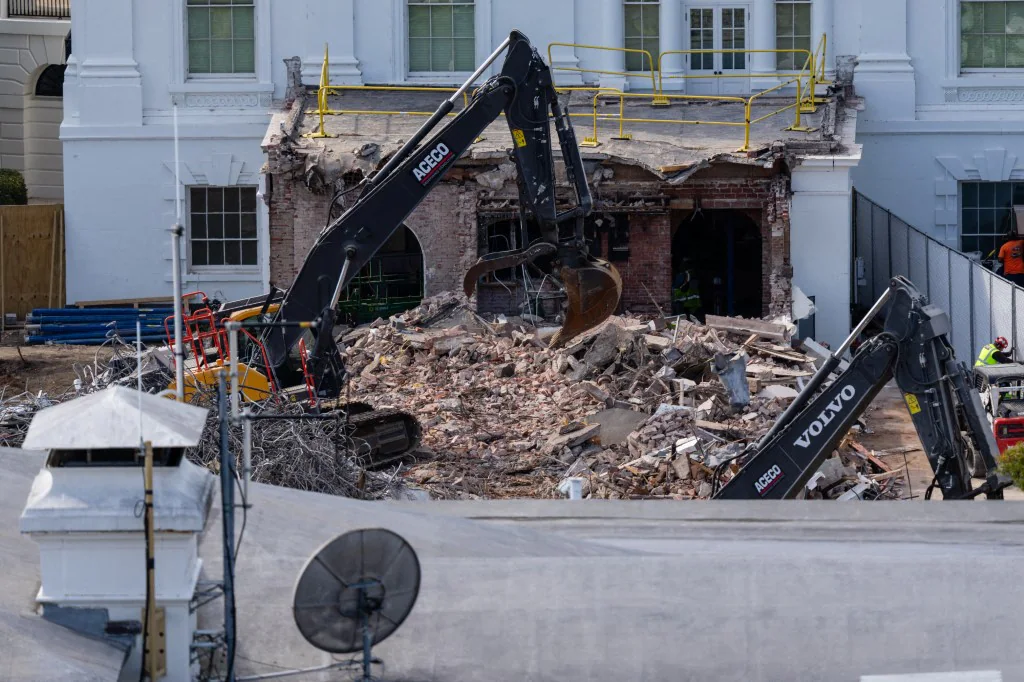
The president said the decision was part of his vision to “modernize the People’s House,” claiming that he and “a few friends” would privately fund the construction at no cost to taxpayers. “Presidents have wanted this ballroom for years,” Trump told reporters. “We’re building something beautiful and timeless.”
According to the White House, the proposed 90,000-square-foot ballroom will be nearly twice the size of the existing Executive Residence, which spans about 55,000 square feet. Press Secretary Karoline Leavitt said the demolition was necessary to create a strong, stable foundation for the new structure. “The president wants to ensure the White House remains beautiful for generations,” she said at Thursday’s briefing.
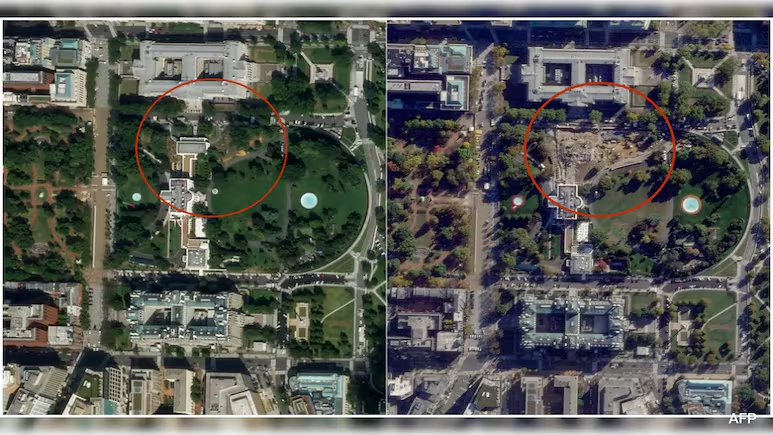
The demolition also affected the Jacqueline Kennedy Garden and the underground emergency bunker located beneath the East Wing, both of which are set to be rebuilt under the renovation plan. Construction crews were seen clearing debris and removing parts of the colonnade that once connected the East Wing to the Executive Residence.
ALSO READ: Illegal Indian Trucker Arrested After Fiery California Crash That Killed Three
Trump’s announcement, however, has provoked sharp criticism from preservation groups and historians. The National Trust for Historic Preservation described the move as “a devastating loss,” warning that the ballroom’s sheer size could “permanently disrupt the classical balance of the White House.”
In a letter to the National Capital Planning Commission, the Trust urged a public review before construction continues. The National Park Service also confirmed that several trees on the South Lawn have been cut down to accommodate the project, though both agencies remain closed amid the ongoing government shutdown.
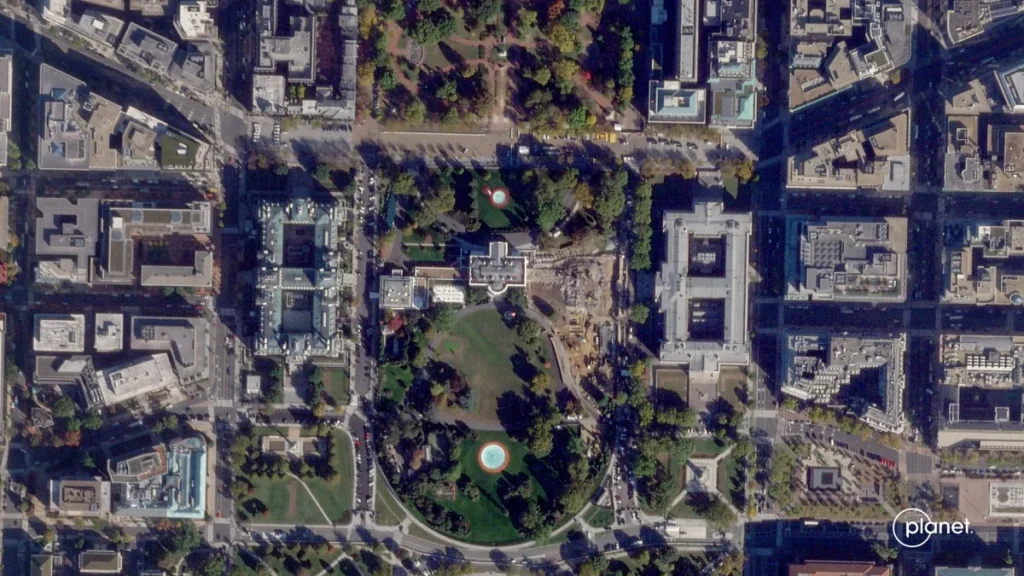
Despite mounting backlash, the Trump administration maintains that the project continues the tradition of White House expansions. Aides have compared the effort to past additions such as the West Wing and Truman Balcony, though critics note that no prior renovation involved the total removal of an entire wing.
Trump said more than $350 million has been raised for the ballroom and reiterated that he would cover “whatever is needed.” Construction is expected to continue into 2027, though formal renderings and environmental assessments have yet to be released.
As debris clears from the East Wing site, what remains is both a vision of grandeur and a stark reminder of controversy — a president reshaping one of America’s most iconic buildings in his own image.

